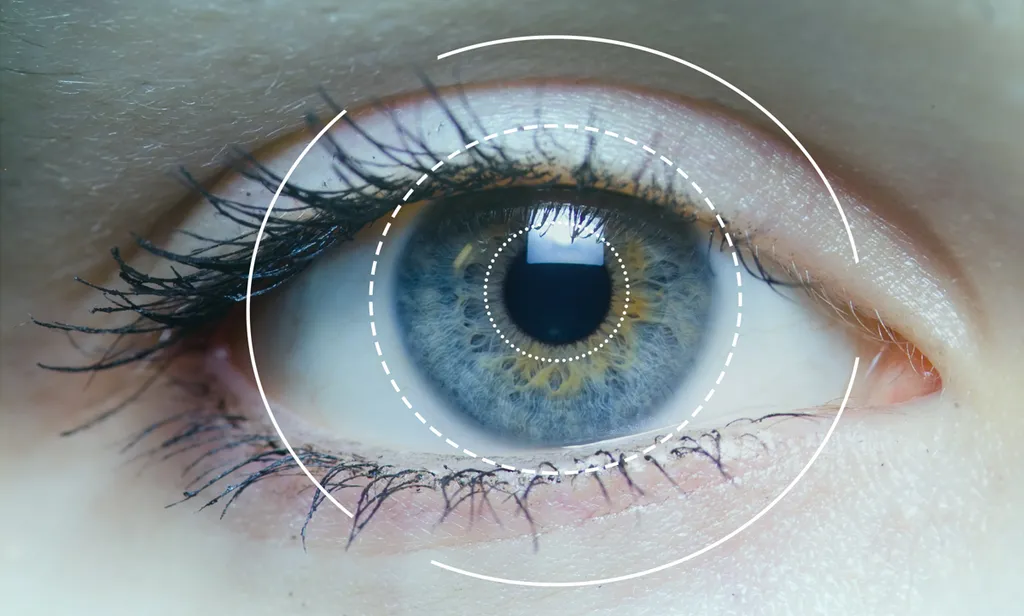One of the next big leaps in VR technology will arrive when headsets come with eye trackers. The addition will allow the computer to optimize the river of images floating into your eyes so only the most detail is shown in the places where you are actually focused. The technique, called foveated rendering, will open the door to higher quality VR on lower cost hardware. It may be a key requirement of second generation VR headsets if the technology is ever to become mainstream.
At the SIGGRAPH computer graphics conference next week in Anaheim, NVIDIA will be showing its latest research into foveated rendering making use of the eye tracker from SensoMotoric Instruments (SMI). We’ve seen SMI’s latest eye trackers before and they are said to be fast enough to catch some of the quickest eye movements. NVIDIA performed a perceptual study to identify what people see in their periphery and then used those insights combined with SMI’s tracker for a new approach to foveated rendering.
https://www.youtube.com/watch?v=Qq09BTmjzRs
“Our researchers then used those insights to design a new rendering algorithm that enables much greater foveation, or reduction in rendering effort, without any discernible drop in visual quality,” NVIDIA Vice President of Research David Luebke said in a prepared statement.
Foveated rendering puts the most detail in a rendered image in the center of your vision. With less detail necessary in the periphery, the computer now has resources freed up to do other things. This means hardware that costs less can do more. Likewise, higher cost hardware can do a lot more. Nailing down just how significant these gains will be in consumer hardware is still largely theoretical, but early tests suggest it’ll dramatically improve VR experiences. This means eye tracking technology like SMI’s is likely a major component of second generation headsets with techniques like NVIDIA’s laying the groundwork for major improvements.





























